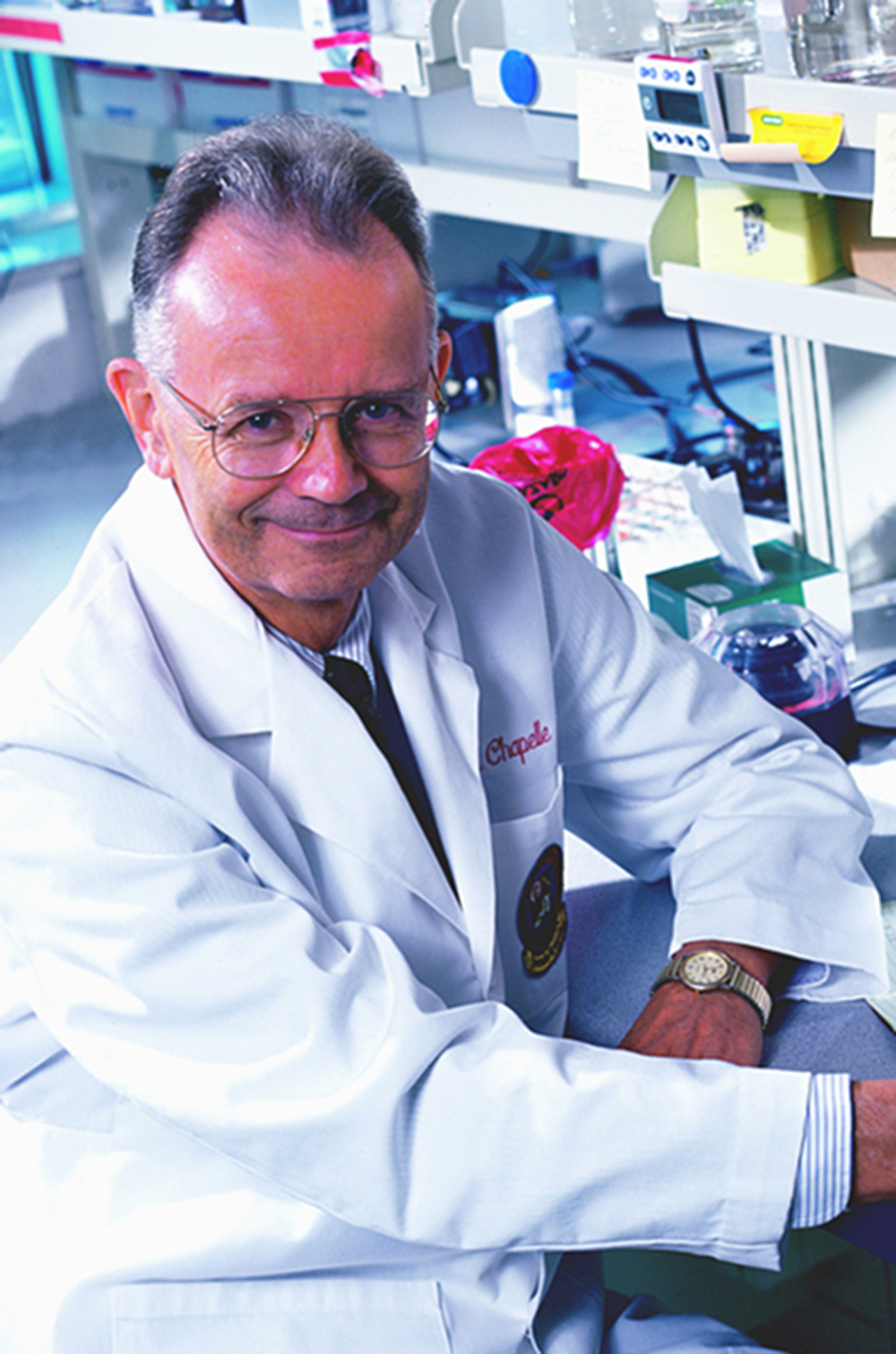April 7, 2011
 COLUMBUS, Ohio – Fetuses with defects in a molecular machine that edits information cells use to make proteins can develop a rare form of dwarfism, according to a new study led by researchers at the Ohio State University Comprehensive Cancer Center – Arthur G. James Cancer Hospital and Richard J. Solove Research Institute (OSUCCC – James).
COLUMBUS, Ohio – Fetuses with defects in a molecular machine that edits information cells use to make proteins can develop a rare form of dwarfism, according to a new study led by researchers at the Ohio State University Comprehensive Cancer Center – Arthur G. James Cancer Hospital and Richard J. Solove Research Institute (OSUCCC – James). The defect, triggered by a tiny gene mutation, causes microcephalic osteodysplastic primoridal dwarfism type 1 (MOPD1), a rare developmental disorder that greatly slows growth in the uterus and causes severe brain and organ abnormalities, deformities of the arms and legs, and death in infancy or early childhood. “Primordial” dwarfism is dwarfism that begins before birth.
The findings could lead to a test for people who unknowingly carry a copy of the mutation and to a better understanding of RNA splicing. Additional research will investigate whether mutations of this type that arise during an individual’s lifetime contribute to the development of cancer or other diseases.
The study is published in the April 8th issue of the journal Science.
“Our findings show that minor intron splicing plays a critical role in human development,” says study leader Dr. Albert de la Chapelle, professor of medicine and co-leader of the OSUCCC – James Molecular Biology and Cancer Genetics Program. “Splicing of RNA is one of the most fundamental molecular events in cells”.
The genetic information stored in a person’s DNA is usually used by cells to make proteins. This process begins when the information in a gene is copied as a long strand of messenger RNA (mRNA).
After that, non-essential parts of the mRNA, regions called introns, are removed to produce the mature mRNA. The introns are cut out by molecular machines called spliceosomes, which also join the free ends of the cut mRNA back together again.
There are two types of spliceosomes, major and minor. Minor spliceosomes account for less than 1 percent of all splicing, but they still affect hundreds of genes in the human genome. This study shows that defects in minor spliceosomes can have profound consequences.
“Individuals who have inherited two defective copies of the gene for this critical component of the minor spliceosome cannot efficiently splice out minor-class introns, and this leads to the developmental defects seen in MOPD1,” de la Chapelle says.
de la Chapelle and his colleagues discovered that the mutation occurs in a gene called RNU4ATAC, located on chromosome 2. However, achieving that discovery proved extremely difficult because of the gene’s unusual nature and location.
The search began when the OSUCCC – James researchers learned that several children had been born with a severe, unnamed disorder in Ohio’s Amish population. They identified the disease as MOPD I and worked for several years to determine where in the genome the responsible gene was located, but without success.
A break came when they used a strategy called homozygosity mapping. This narrowed the gene’s location to an area of chromosome 2, a region that included several known genes. The researchers spent more years sequencing and studying these genes, but their work failed to uncover any likely candidates among them.
Only when the researchers used state-of-the-art next-generation deep sequencing technologies did they identify RNU4ATAC and learn that it was an unusual gene. Instead of producing a protein, it encoded a special kind of molecule called a “small nuclear RNA.” Furthermore, they learned that the unusual molecule was part of a spliceosome.
In collaboration with Dr. Richard Padgett and other specialists in RNA splicing at the Cleveland Clinic, the team showed that the mutations reduced splicing efficiency by 90 percent.
“We are now asking clinicians around the world for samples we can test from children and their families who are suspected of suffering from MOPD1 or similar conditions,” de la Chapelle says. “This research may help us determine which family members may unknowingly carry a copy of the harmful mutation, and to understand how these mutations can have such severe developmental consequences.”
de la Chapelle is the Leonard J. Immke Jr. and Charlotte L. Immke Chair in Cancer Research.
Funding from the Leonard Krieger Fund of the Cleveland Foundation, National Institute of General Medical Sciences and National Cancer Institute supported this research.
Other researchers involved in this study were Huiling He, Sandya Liyanarachchi, Keiko Akagi, Rebecca Nagy, Jingfeng Li, Wei Li, Nikhil Sebastian, Bernard Wen, Pearlly Yan, Hansjuerg Alder, Judith A. Westman, and David E. Symer of Ohio State University; Rosemary C. Dietrich, Jarnail Singh and Richard A. Padgett of Lerner Research Institute, Cleveland Clinic; Baozhong Xin and Heng Wang of the DDC Clinic for Special Needs Children, Middlefield, OH; Eric Haan of South Australian Clinical Genetics Service, and of the University of Adelaide, Australia; Dagmar Wieczorek and Beate Albrecht of the Institut für Humangenetik, Universitätsklinikum, Essen, Germany; and Erik Puffenberger of The Clinic for Special Children, Strasburg, PA.
The Ohio State University Comprehensive Cancer Center – Arthur G. James Cancer Hospital and Richard J. Solove Research Institute (http://cancer.osu.edu) is one of only 40 Comprehensive Cancer Centers in the United States designated by the National Cancer Institute. Ranked by U.S. News & World Report among the top cancer hospitals in the nation, The James is the 205-bed adult patient-care component of the cancer program at The Ohio State University. The OSUCCC-James is one of only seven programs in the country funded by the NCI to conduct both Phase I and Phase II clinical trials.
###
Darrell E. Ward
Medical Center Communications
614-293-3737
